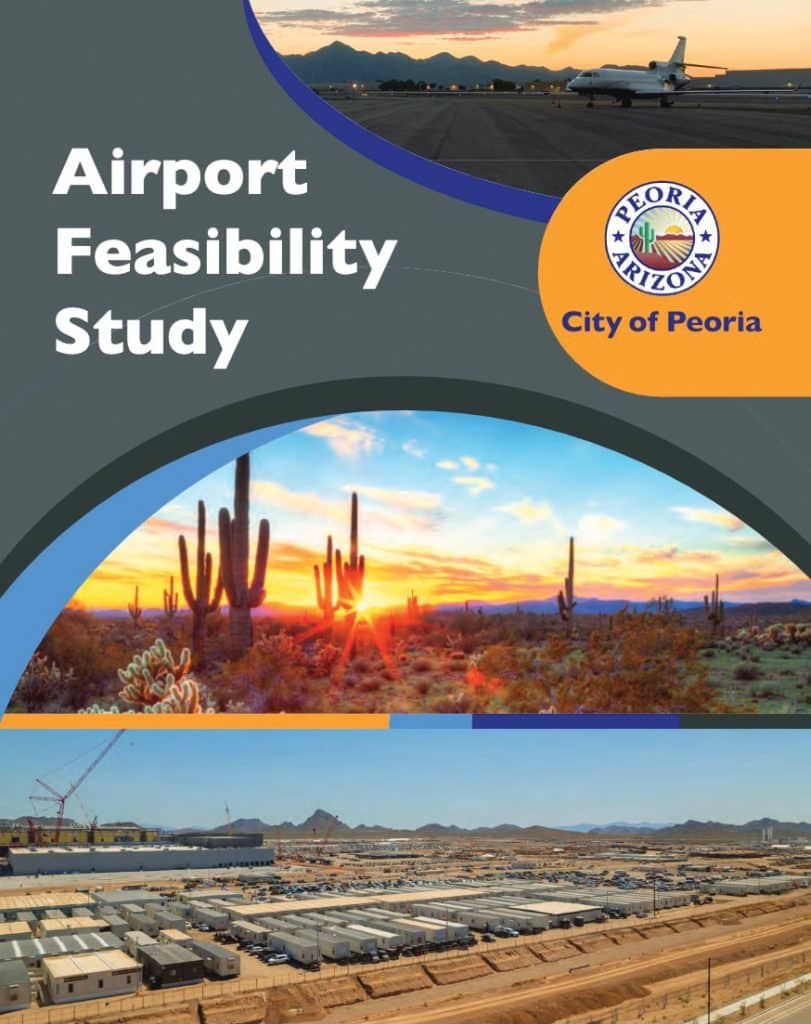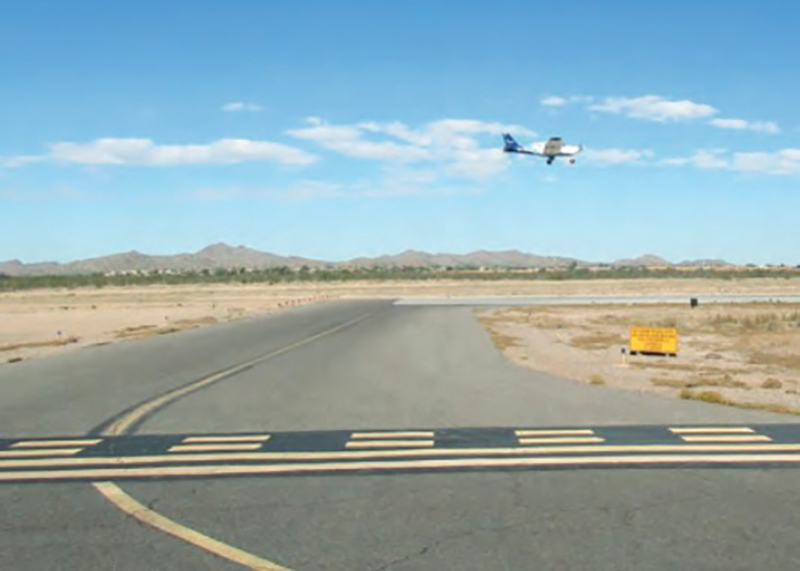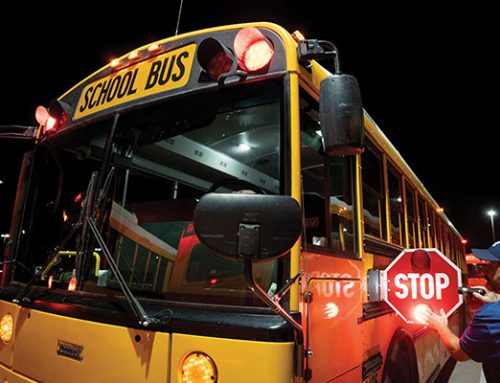
The Peoria Airpark project is poised to generate significant economic benefits for the city, potentially creating nearly 8,000 jobs and millions in revenue. A recently released study highlights the extensive impact this new regional airport and employment center could have on the area.
The proposed $150 million general aviation airport, surrounded by an industrial corridor, aims to drive economic development in the West Valley and promote growth across thousands of acres of state trust land. Inspired by the successful Scottsdale Airpark, the Peoria Airpark is projected to generate an estimated $1 billion in annual economic impact once fully operational. This development is expected to yield $60 million in annual state and city taxes, according to an economic analysis by Rounds Consulting Group Inc.
The project envisions the construction of 1.5 million square feet of industrial buildings, nearly 900,000 square feet of office space, and about 400,000 square feet of retail space. This construction could create nearly 5,000 jobs during the building phase, over 4,000 direct jobs, and approximately 3,400 indirect jobs, depending on the types of businesses established at the park.
The initial site for the airport is expected to cover 280 acres, with plans to expand to 550 acres. The total cost for land acquisition is estimated at $55 million, based on a feasibility study conducted by Coffman Associates. The city plans to apply for a state land auction to secure the site.
This feasibility study marks the first step in the Federal Aviation Administration (FAA) process for developing a new airport in Peoria. The next phase involves a site selection study to identify and evaluate potential locations for the airport in north Peoria. This will be followed by a master plan and an environmental analysis.
The Peoria Airpark project supports the Peoria City Council’s strategic priority of economic development. By transforming the northern part of the city into a major employment center, the project aims to attract industries related to aviation, aerospace, and defense. These sectors are expected to become new economic engines for the city.
Peoria is working with several partners, including Luke Air Force Base, the Arizona State Land Department, the FAA, and local consultants, to ensure the successful implementation of the project. The city is also coordinating with the city of Phoenix, which is developing the 12,000-acre Biscuit Flats area into a major science and technology park.
The feasibility study, presented to the Peoria City Council last month, concluded that a new general aviation airport in north Peoria is feasible and justifies further investigation. The next step, a site selection study, is expected to take six to nine months to complete, and its findings will be publicly available.
If successful, the Peoria Airpark could serve as a cornerstone of the city’s economic development strategy, providing a substantial boost to local employment and revenue. The project’s comprehensive planning process and community involvement aim to ensure its long-term success and sustainability.
For more information, visit peoriaaz.gov/government/mayor-and-city-council/priorities/economic-development/peoria-airpark.





